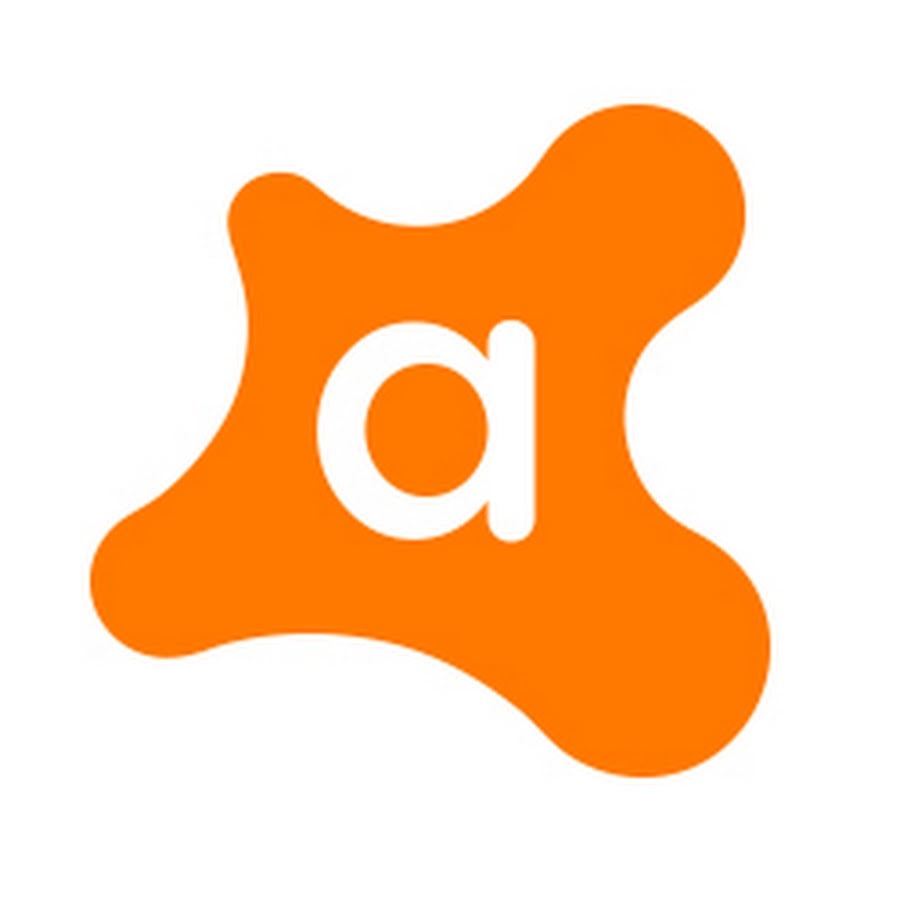We use cookies and similar technologies to recognize your repeat visits and preferences, to measure the effectiveness of campaigns, and improve our websites. For settings and more information about cookies, view our Cookie Policy. By clicking “I accept” on this banner or using our site, you consent to the use of cookies.
I Accept
This article contains:
Remote monitoring and management (RMM) is the backbone for MSPs/MSSPs to ensure the health, availability, and security of their SMB customers’ networks, but not all RMM solutions are the same. With security as a service (SECaaS) growing in popularity – and profitability: the MSSP market is expected to experience a compound annual growth rate (CAGR) of 14.8% between 2015 and 2020, from $17.79 billion to $35.53 billion – it’s vital that service providers select the RMM solution most appropriate to their clients’ needs and the current threat landscape. Doug Cahill, senior analyst with Enterprise Strategy Group, said, “ … there are tremendous operational and efficacy benefits an organization can realize from security-as-a-service and it's the delivery model that should become the new normal.”
The main benefits of managing through RMM are well known, including recurring revenue, the ability to handle more clients, disaster prevention (business continuity), and lower travel costs. Additional benefits allow the MSP to offer additional SECaaS services incrementally, including continuous monitoring, data loss prevention, encryption, identity and access management (IAM), intrusion management, security information and event management (SIEM), and vulnerability scanning.
But not all RMMs (there are more than 20, e.g. AVG Managed Workplace) are equal. Critical capabilities include:
- System security
- Work on multiple devices at the same time
- Centralized management
- Solve service issues without impacting client performance
- Automation
- Compatibility with a service desk tool
Other capabilities to be considered include ability to scale, asset inventory, patching, and discovery/monitoring.
AVG Managed Workplace, the only RMM offering from a security company, provides these capabilities and more. In addition to reports, patch management, and support of iOS and Android devices, Microsoft Office 365, and VMware ESXi Management, the key features of AVG Managed Workplace 10 include:
- Service dashboards for fast corrective actions and results
- Task automation with advanced scripting capabilities, to automate resolution of common issues, conduct system maintenance, and perform administrative functions
- Insightful reporting to support your clients and demonstrate your value before and after the sale
- Patch management – review, approve and automate deployment of security patches – for Microsoft and other third-party software
- Network monitoring and alerting, supporting over 500 applications and devices to prevent or resolve potential issues
- Asset management that systematically tracks software and hardware assets with comprehensive reporting for you and your clients
- PSA integration with the industry's leading professional services automation tools, including Autotask, ConnectWse, Tigerpaw, Servicenow, and SalesForce
- Premium remote control that connects you to users’ Windows devices to resolve issues, transfer files, chat with the user, and perform administrative tasks.
With internal and external threats growing and SMB cybersecurity resources falling further behind, RMM and SECaaS are the optimal choices when it comes to MSPs’ protecting their businesses, minimizing downtime, and reducing their operating and capital expenses. Effective cybersecurity is essential to keeping a business’s doors open, and smart MSPs are capitalizing on this growing opportunity.
5 ways to use RMM to generate recurring revenue
- Auto-fix service issues for your clients, i.e. create proactive monitoring that responds to and resolves common service issues, such as failed critical services
- Detect opportunities by using the asset inventory and a selection of reports to identify prescriptive improvements.
- Offer freemium services that automate a variety of services presenting high value to customers to build loyalty and ease renewals. E.g., identify hard drives that are close to capacity and remove temp files through automation, avoiding trouble before it starts
- Deploy third-party software on demand and easily roll-out software such as Adobe Reader or remove browser toolbars with a single command
- Use patch management to remove system vulnerabilities, i.e. use your RMM tool to deploy patches per your approval policy to bring non-contract clients up-to-date on their patches, especially during times when those very public security vulnerabilities make the news.
